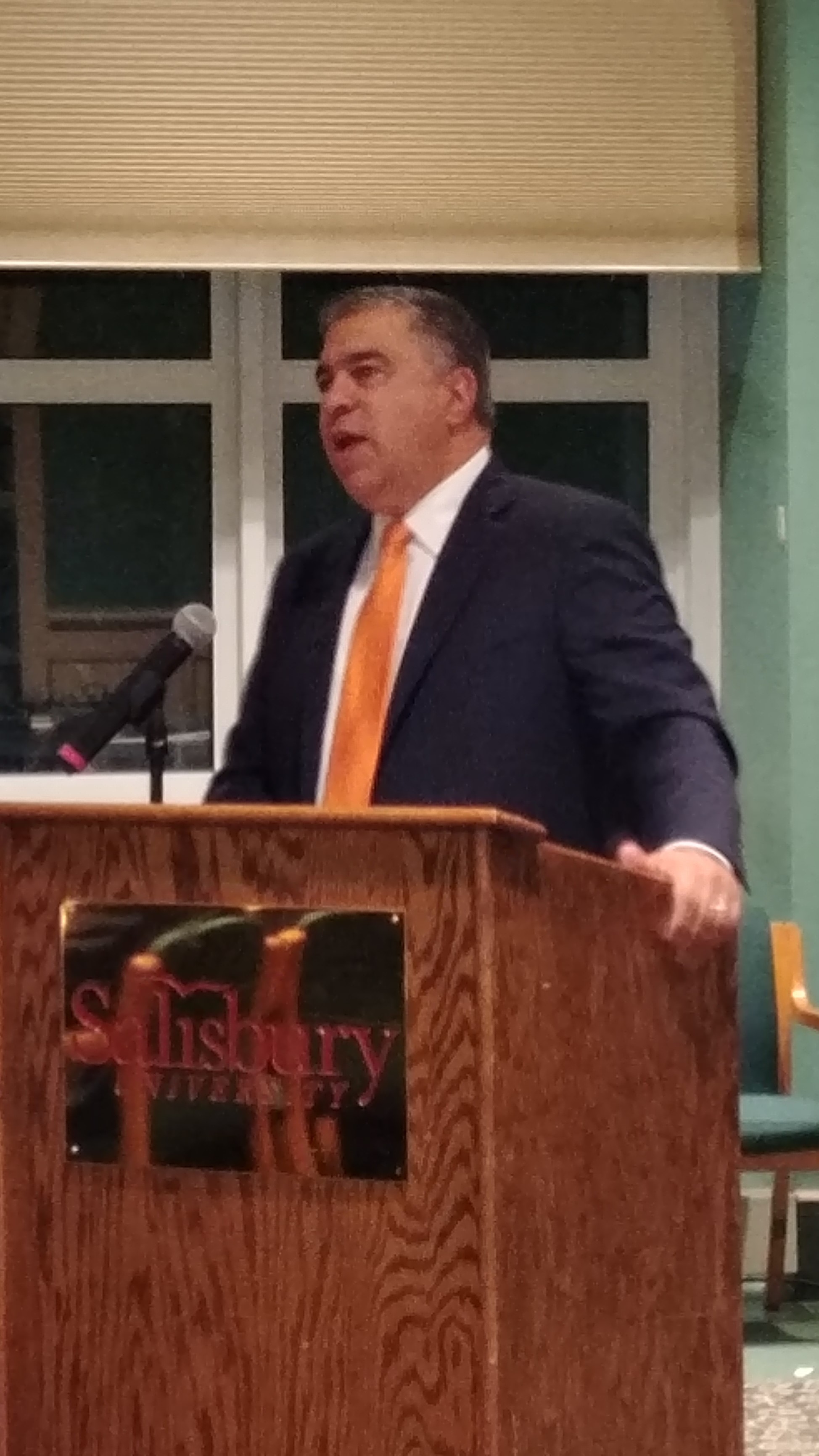Subtitled, kicking the can down the road.
I’ve been blogging now for a decade and a half, with most of that time being spent creating and curating content for this website. In that time I have found my way onto many mailing lists and searches, but few have been as bizarre as something I received the other day.
I had to look up who Sara Croom was, but her story seems legit: She is the Managing Director of a PR firm called Ainsley Shea, which is somewhat unusual because they are headquartered in Minnesota yet keep a branch in the D.C. area where Sara works.
It was a nice enough ask:
As you continue your political coverage, please find the attached memo outlining national popular vote – as well as offering a few of National Popular Vote (NPV) key spokespeople, who are available for interviews.
If you have any questions, or need anything further, do let me know and I would be happy to help.
Be well and stay safe.
E-mail from Sara Croom, April 30, 2020
Even though I am a definite skeptic, I looked up the memo, entitled “National Popular Vote: Media Guidelines” to see if they had any different talking points. There were none, but the one thing I noticed was the end goal: having NPV in effect in time for the 2024 election. (Another thing: a key spokesperson for NPV is former Maryland LG and failed Senate candidate Michael Steele. That tells me a lot.)
This is in contrast to the Democrat Party’s seemingly overt goal for 2020, which is to conduct strictly mail-in balloting so they can more easily manipulate the results in states they control. (Bear in mind that there are four key states which Trump won in 2016 which now have a Democrat governor: Michigan, North Carolina, Pennsylvania, and Wisconsin.)
The method of enacting NPV has been the same since Maryland was the first state to join the proposed compact in 2007: once states representing 270 or more electoral votes sign on, those states will give their electoral votes to the winner of the national popular vote regardless of the results within their state. Given the fact that every state currently in NPV is a reliably Democrat state I’m going to assume this will work only until the time some “racist” Republican carries the overall popular vote, in which case these states will certainly renege on the deal.
Their key argument, however, continues to be that elections are decided in just a few swing states and they get all the attention despite being a small subset of the overall electorate. (Remember, prior to 2016, states like Michigan, Pennsylvania, and Wisconsin weren’t considered swing states because they had been solidly Democrat for several cycles in a row.) The election focused on states like Iowa, Missouri, New Hampshire, North Carolina, and Ohio – states outside the bicoastal focus of news networks and full of icky “deplorable” voters. If you lived in one of those coastal blue states or the deep red states in the Bible Belt, the campaigns basically ignored you.
Where that argument falls apart is that, under NPV, rural and sparsely-populated states will be ignored even more by campaigns as they would cater to the desires of densely populated urban areas – of course, to pander to those areas the campaigns would have to steer themselves to the left of center. Had 2016 been an NPV election, Hillary would have won in a larger popular vote landslide because Trump’s secret weapon of Rust Belt lunch-pail voters would have been less likely to come out, skipping yet another election thanks to their discouragement at a rigged system. As it turned out, just enough of them turned out to tip the scales in the aforementioned key states heretofore presumed Democrat blue to swing an election decided by less than 80,000 votes in three large states. All because Hillary took them for granted.
Since the founding of our country, the electoral system has functioned as anywhere from 13 to 51 separate state elections leading to one balloting that as of 2020 will feature just 538 voters selected by individual states. Has the will of the people always held sway? No, but it’s not like a tiny majority dictated the tune for the rest of the nation – or is it? Not only did neither Hillary Clinton nor Donald Trump garner a majority of votes cast, but based on voter registration and turnout, the real winner in 2016 was none of the above since only about 55% of eligible voters showed up.
NPV is one of several voting initiatives championed by the Democrat Party, all of which are calculated to bolster “turnout.” Unfortunately, vote-by-mail, automatic registration, compulsory voting, and ballot harvesting create vastly increased potential for mischief that just somehow almost always seems to accrue in the favor of Democrats. (Just ask Norm Coleman, right?)
If we really want to do electoral reform, how about culling the voter rolls to keep those who are serious about voting on them and eliminating duplicates and dead voters, and requiring a photo ID for voting in person on Election Day? I take the time to learn the candidates and issues and show up, so why can’t everyone else?








